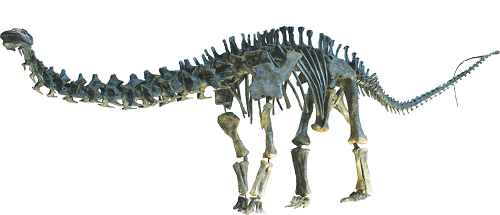Morgan, N., Rhyme Time. Geoscientist 30 (5), 26, 2020
https://doi.org/doi: 10.1144/geosci2020-089, Download the pdf here
Geologist and science writer Nina Morgan explores the power of poetry
From Tennyson to Ted Hughes with Auden and many others in between, poets looking to describe the natural world often turn to geology. Geologists, in turn, are often attracted to poetry, not only for its beauty, but for the way poetry can crystallise concepts and stimulate the brain. As geologist and part-time performance poet Mike Stephenson has found, poetry can also serve as great way of introducing geology and science to the public at large (see Geoscientist December 2018, pp 10 – 13, and Geoscientist May 2020, pp 22-23). In short, poetry can have the power to summarise geological concepts in a witty and memorable fashion.
Fun with fundamentals
For example, Gordon Judge, an amateur geologist and treasurer of the Horsham Geological Field Club, gets down to the fundamentals of fossilisation with his poem The Fossil Record.
As Judge explains: "Books on geology keep referring to 'the fossil record', but never define what it is." Well, here's his answer:
They say the fossil record
Can date a rocky layer
(That's odd, because I've yet to see
A fossil record player...)
"I dunno what you're sayin', "
A nearby fossil said,
"You youngsters think yer know it all
Get this inside yer 'head:
"Yer gets a fossil record
If yer does a fossil crime
(I can't remember what I done,
But I done a lotta time ...)"
Palaeopoetry
Judge's witty take on geology and stratigraphy follows in the footsteps of earlier science-popularising poets. The newspaper columnist, Bert Leston Taylor (1866 – 1921] was an earlier exponent of this genre. His classic poem, The Dinosaur, first published in the Chicago Tribune on 26 February 1903, was written in reaction to a news item published the previous day. The accompanying photograph to the news article showed Professor Oliver C. Farrington [1864 – 1933] of the Chicago Field Museum and University of Chicago, 'chiselling on the huge bones of the great dinosaur that was discovered in the Coma beds of Wyoming in 1901'. And the caption revealed that "...the dinosaur was seventy feet long and it has been found that he had not only a brain in his head but another well down his back, sixty feet from the primary seat of his intelligence. The second brain controlled the nerve power that worked the second section of his body."
Behold the mighty Dinosaur,
Famous in prehistoric lore,
Not only for his weight and strength
But for his intellectual length.
You will observe by these remains
The creature had two sets of brains--
One in his head (the usual place),
The other at his spinal base.
Thus he could reason a priori
As well as a posteriori.
No problem bothered him a bit;
He made both head and tail of it.
So wise he was, so wise and solemn
Each thought filled just a spinal column.
If one brain found the pressure strong
It passed a few ideas along;
If something slipped his forward mind
'Twas rescued by the one behind;
And if in error he was caught
He had a saving afterthought.
As he thought twice before he spoke
He had no judgments to revoke;
For he could think, without congestion,
Upon both sides of every question
Oh, gaze upon this model beast,
Defunct ten million years at least.
Brain drain
We now know that the dinosaur that inspired this poem was a Brachiosuarus and that the bone Farrington was working on was a vertebra. Alas, we also know that no dinosaurs had two brains. The confusion may have come about because of an enlarged space in the Brachiosaurus's vertebrae which was mistakenly interpreted as a location for a second brain.
Speaking for myself, I find this rather disappointing. An ability to reason both a priori AND a posteriori would come in very handy!

Above: Cast skeleton of Apatosaurus parvus (formerly excelsus) based on the University of Wyoming Museum specimen UWGM 15556, produced by Triebold Paleontology Incorporated. (MCDinosaurhunter, Wikipedia)
End notes:
I thank Philip Powell of the Oxford University Museum of Natural History for drawing the poems mentioned here to my attention, and Gordon Judge for permission to reproduce his poem The Fossil Record. For more of Judge's poetry see: www.geoverse.co.uk; Other sources include a blog by David B. Williams available at http://geologywriter.com/blog/stories-in-stone-blog/dino-brains-and-poetry/; and an article by Dr. William B. Ashworth, Jr., available at https://www.lindahall.org/bert-taylor/
Author
Nina Morgan is a geologist and science writer based near Oxford. Her latest book, The Geology of Oxford Gravestones, is available via www.gravestonegeology.uk